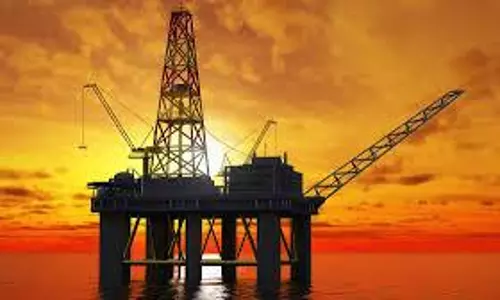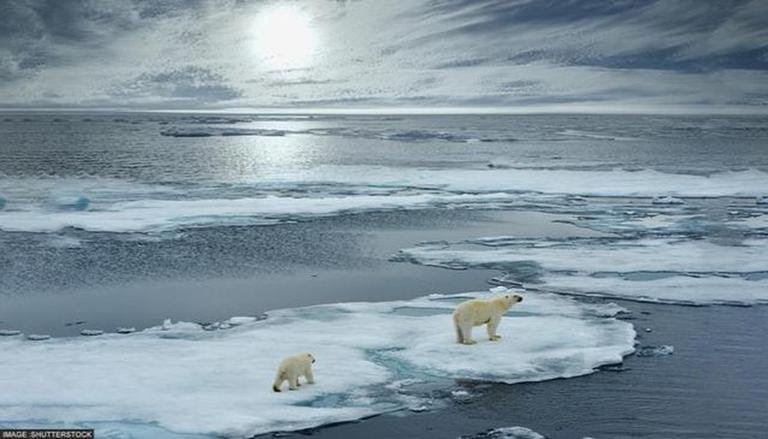
Scientists predict more sea-ice loss; find greater warmer inflow into Arctic in 2010s
text_fieldsNew Delhi: Oceanographers have observed an increased heat transport to the Arctic Ocean in the 2010s, changes that they have attributed to the warming inflow of waters from the subarctic, or south of the Arctic.
They have also found evidence of an increase in the volume of ocean inflows, responsible for carrying warm waters from the Pacific and Atlantic into the Arctic after they reviewed current research analysing the waters flowing between the Arctic and subarctic oceans and studies aimed at predicting the temperature, salinity and volume transport of water at these connection points in the future.
Other changes the scientists said that were indicative of ongoing climate change were reduced sea-ice formation in the Arctic Ocean, along with a decrease in Arctic salinity, owing to the inflow of low-salinity water from the Pacific Ocean.
Reviewing prior observational and modelling studies on Arctic-subarctic ocean linkages and examining their changes and driving mechanisms, the researchers published their findings in the journal Ocean-Land-Atmosphere Research.
Changes in the Arctic Ocean and in the linkages, which connect it with the Pacific and the Atlantic through several ocean gateways, can impact both climate and marine ecosystems.
In this study, the scientists said that CMIP phase 6, or CMIP6, climate modelling predictions suggested the warming rate of the Arctic Ocean to be about twice the global average and that they would remain at this level due to increasing ocean heat convergence into the Arctic Ocean.
CMIP stands for Coupled Model Intercomparison Project, a collaborative framework designed to improve knowledge of climate change.
The scientists further predicted that the Arctic Ocean will experience an increase in freshwater input through increased net precipitation, river runoff and overall sea ice decline.
They have also found modelling to predict increased freshwater exports from the Arctic to the North Atlantic Ocean via Fram Strait (located between Greenland and Svalbard, the Norwegian archipelago in the Arctic), impacting AMOC, or Atlantic Meridional Overturning Circulation, in turn, impacting large-scale ocean circulations and climate.
The Barents Sea Opening, between Bear Island in the south of Svalbard and the northernmost point of Norway, is predicted to be the largest heat source of the Arctic Ocean, the scientists said.
The increase in this heat source contributes to the retreat of Arctic sea ice in cold seasons and fuels the warming of the atmosphere, they said.
However, the researchers also argued that currently available observational instruments are insufficient for accurately measuring ocean transports in all the Arctic gateways.
"Both observation and modelling capabilities need to be further improved to better monitor and predict changes in Arctic-subarctic ocean linkages," said Wang.
-PTI























